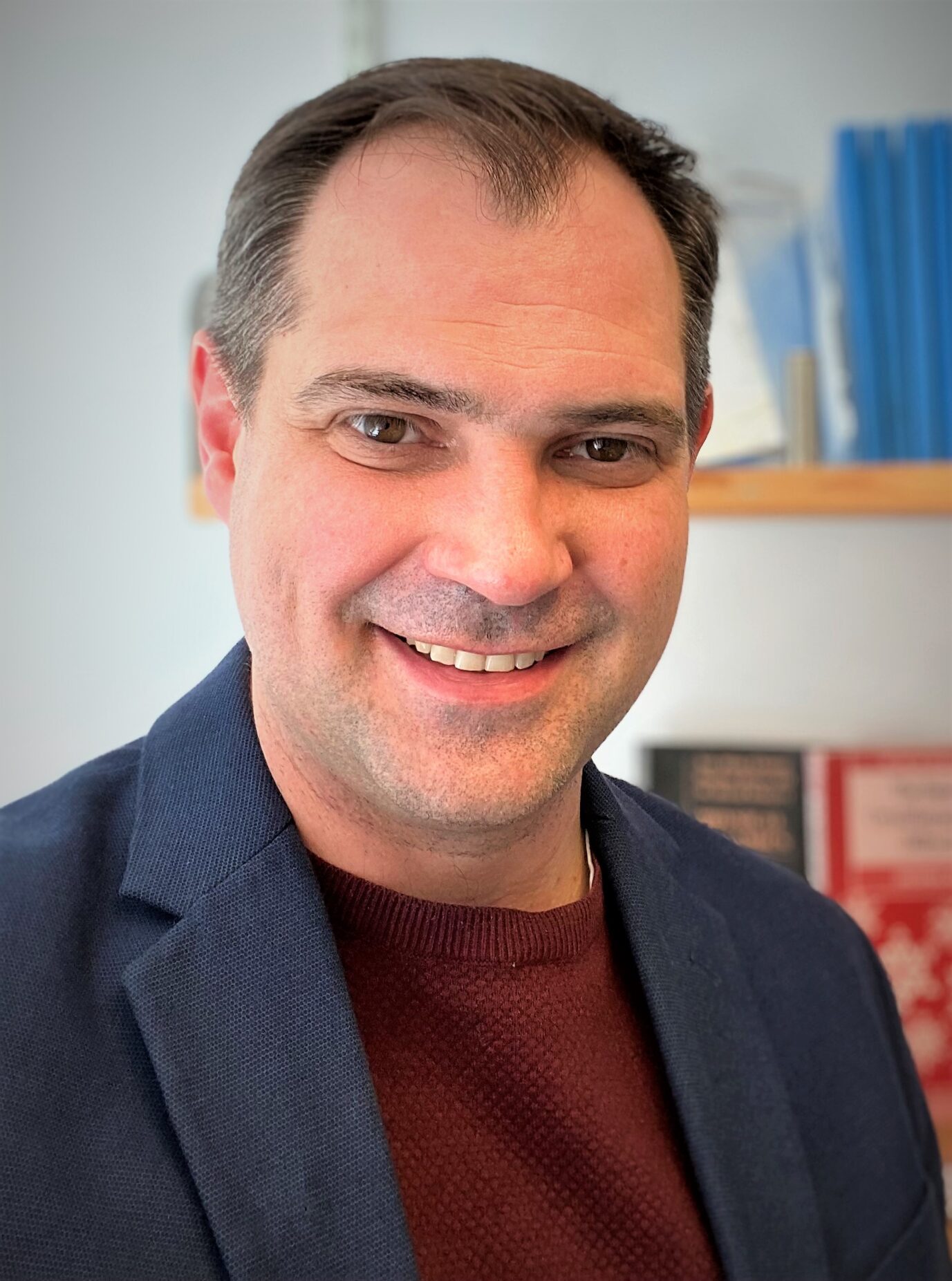Louis Piper is Professor of Battery Innovation and heads the Battery Materials and Cells group at WMG. He co-leads the Faraday Institution Degradation and FutureCat Phase II projects that focus on developing next generation cathode chemistries and understanding how to improve capacity retention in state-of-art Ni-rich and phosphate cells. He has published almost 200 publications has various projects with industry partners and government agencies.
Professor Piper completed his PhD in Physics at Warwick University in 2006 and spent 4 years at the National Synchrotron Light Source (Upton, NY) before joining the faculty at Binghamton University, State University of New York (SUNY). At Binghamton U. he was Professor of Physics, Applied Physics and Astronomy and Director of the Materials Science & Engineering Program (2017 – 2020) and won the SUNY Chancellor’s Award for Creative Activities (2018). His research was supported by the National Science Foundation, Department of Energy and US Air Force Office for Scientific Research and employed a range of synchrotron-based spectroscopy techniques to explain optical, electronic and electrochemical phenomena of functional metal oxides, for applications as smart displays; memristors; photocatalysts and Li-ion battery cathodes. At Binghamton University, he worked alongside M Stanley Whittingham co-inventor of the Li ion battery and 2019 Nobel Laureate of Chemistry as part of the NorthEast Center for Chemical Energy Storage (NECCES). As part of these activities, he has pioneered several advanced spectroscopic tools for cathode battery studies i.e. Hard X-ray Photoelectron Spectroscopy (HAXPES) and Resonant Inelastic X-ray Scattering (RIXS) and made several critical contributions to our understanding of cathode-electrolyte interfaces (degradation), oxygen redox (new chemistry) and the realization of multi-electrodes (increased capacity).


